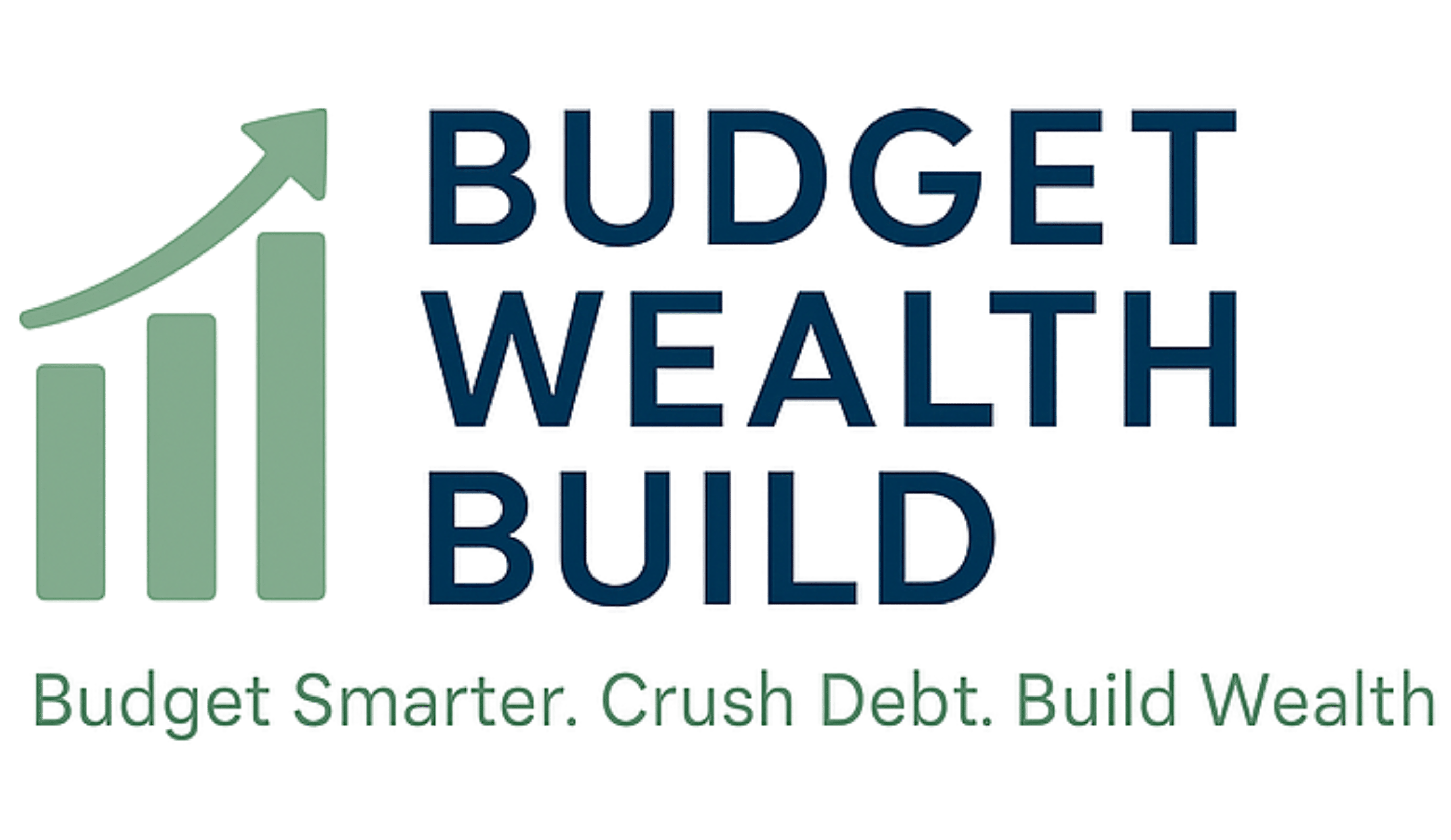For years, I thought the solution to my money problems was simple: I needed to earn more.
More income = less stress, right?
But every time I got a raise, nothing really changed. I was still living payday-to-payday, still scrambling by the end of the month, still unsure where my money had gone.
Turns out, the problem wasn’t my income.
It was my structure — and my mindset.
Here’s exactly how I broke that cycle and started building real wealth — without earning more.
Stage 1: The Wake-Up Call
It wasn’t a single dramatic moment — it was more like quiet frustration piling up.
I was doing everything “right”:
- Earning a decent wage
- Paying my bills on time
- Avoiding big purchases
But I had no savings. No financial cushion. No progress.
Every month felt like starting from zero again.
So I did what most people do at 11pm on a Sunday.
I Googled: “How to stop living payday to payday.”
Stage 2: The First Shift — Awareness
I didn’t need another budgeting app.
I needed to actually see what was happening with my money.
So I made a rule: for 30 days, I would track every single expense. Coffee. Takeaways. Netflix. The £4 meal deal at Tesco.
I used pen and paper. No shame. No editing. Just data.
By the end of the month, I was shocked. I thought I had a spending problem — turns out, I had an awareness problem.
Stage 3: The System — The 9 Building Blocks of Wealth™
Once I had the data, I needed a plan. Not just “spend less, save more” — a path.
That’s when I created the 9 Building Blocks of Wealth™ — a 9 step framework that helped me understand where I was financially, and what to focus on.
At the time, I was in:
The Wake Up Block
That meant:
- I needed a weekly budget I could actually stick to
- I needed a buffer fund (even £100) to stop emergencies becoming crises
- I needed to get out of overdraft and stop using credit as a safety net
I didn’t try to do everything at once. I just stuck to that stage.
Stage 4: The Habits — Small but Consistent
These are the 3 micro-habits that changed everything:
1. Money Check-in Every Friday
15 minutes. Review spending. Adjust next week’s plan. Done.
2. “One in, One Out” Rule for Spending
If I wanted to buy something, I had to remove or delay another non-essential.
3. Savings First — Even £5
Every payday, I saved something. Didn’t matter if it was £5 or £50 — it became automatic.
Stage 5: The Results — 6 Months Later
I didn’t win the lottery. I didn’t triple my income.
I just stuck with the plan.
Here’s what changed:
- I built a £500 emergency fund
- I paid off my smallest credit card
- I reduced overdraft reliance by 80%
- I started investing £25/month
And I felt in control of my money for the first time in years
The Truth? You Don’t Need More Money — You Need a System
If you’re in the payday-to-payday cycle, I get it.
But you can break it — with the right tools, structure, and support.
Start with the free Budget Reset Starter Pack
It’s a 7-day printable guide that will walk you through everything I did — mindset, tracking, debt clarity, and momentum.
Download your free copy here →
Final Thought
You don’t have to be rich to start building wealth.
You just have to start — right where you are.
You’ve got this.

